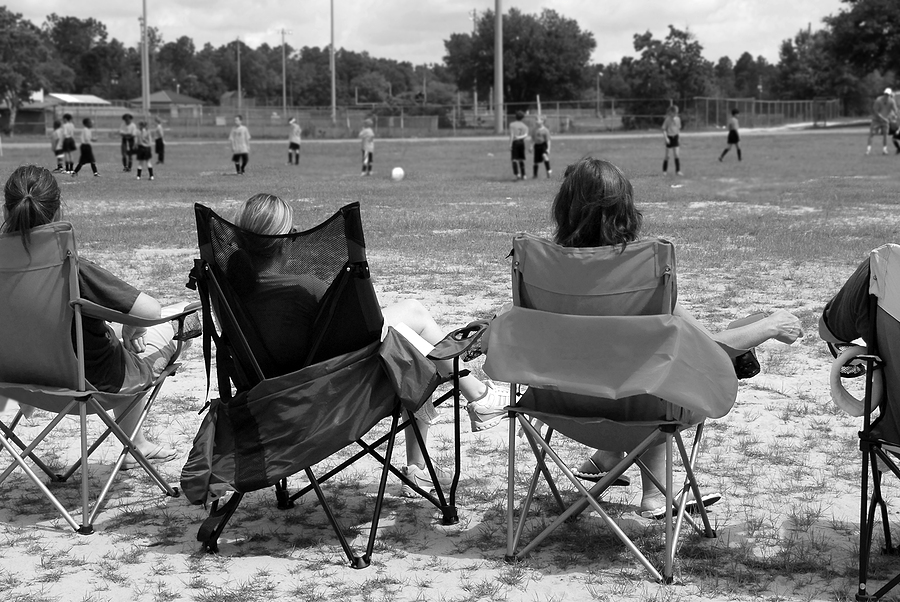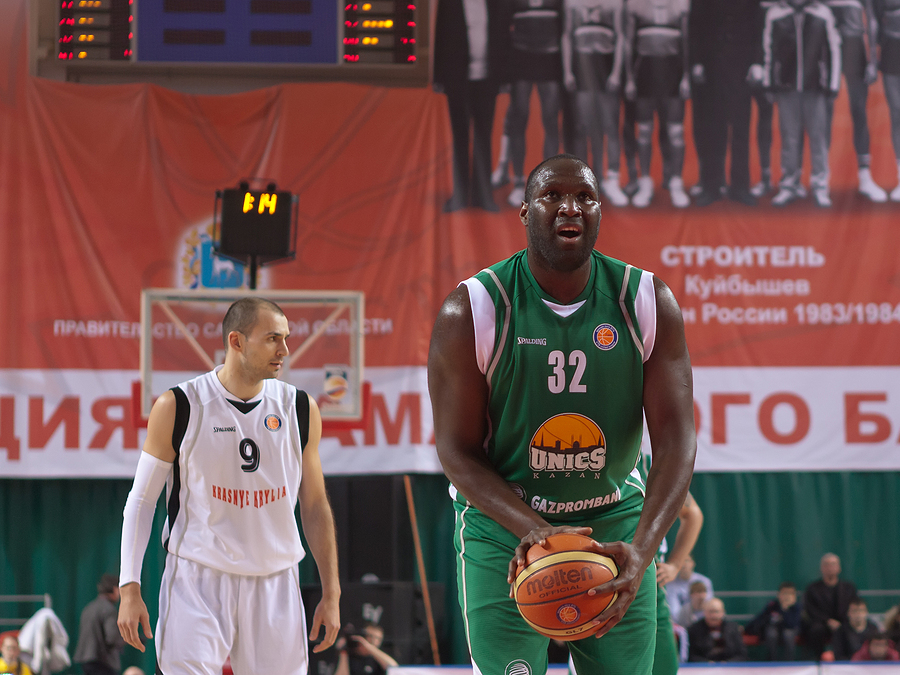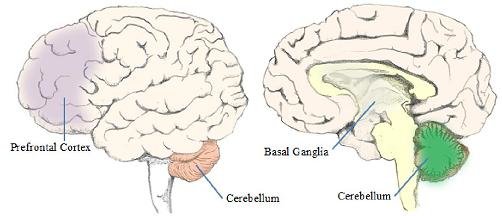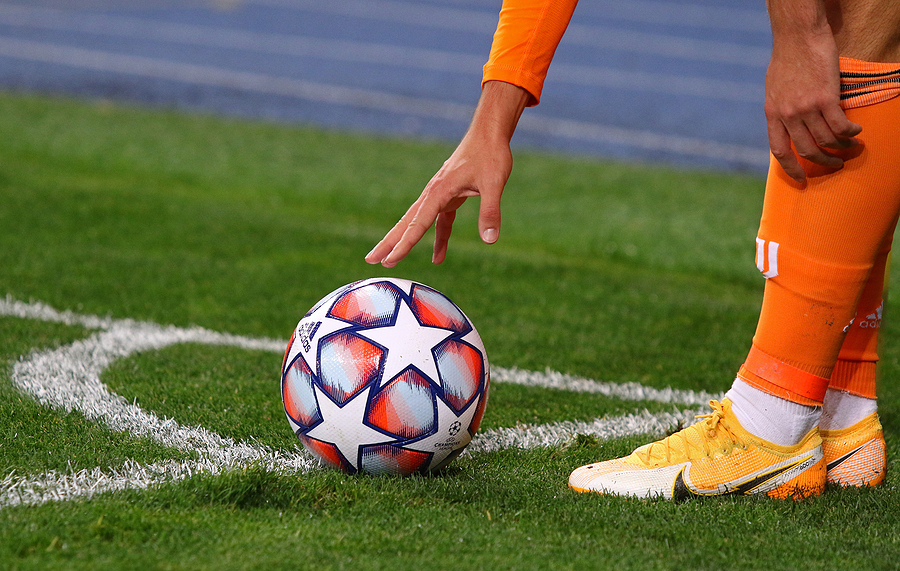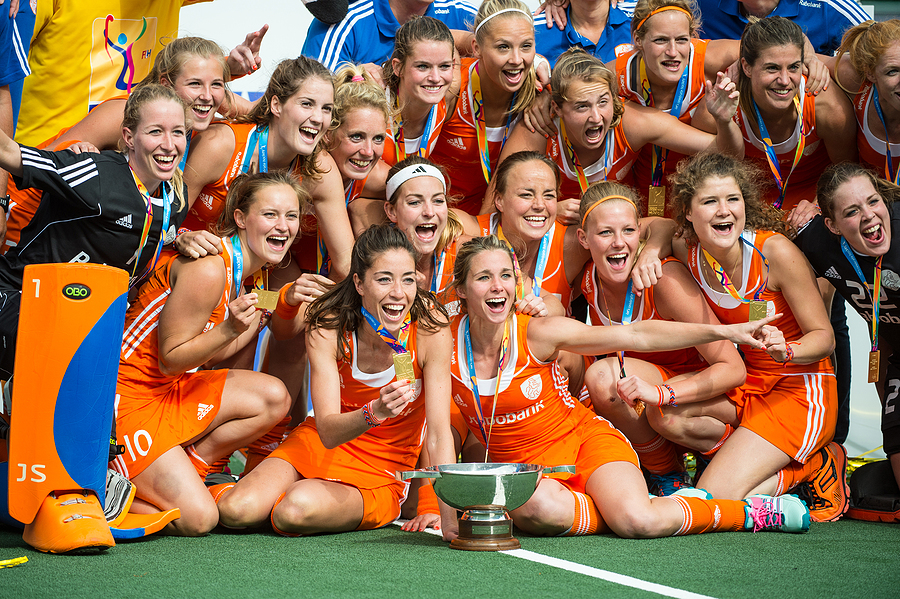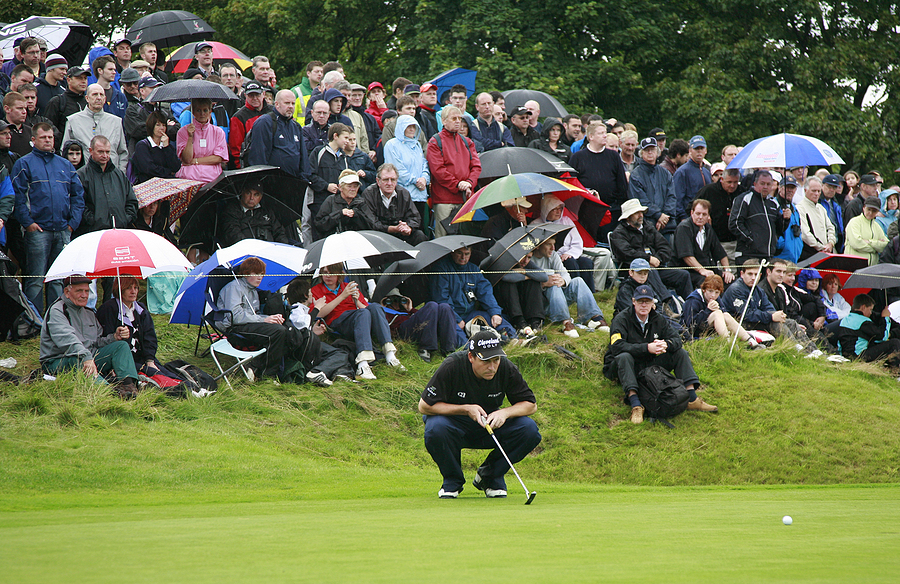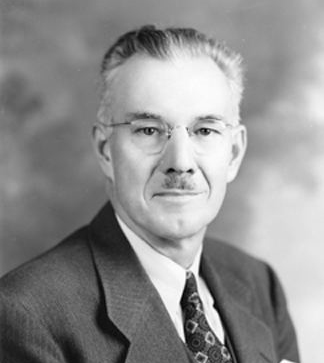
Coleman Griffith (right) put sport psychology on the map. His two classic publications in the 1920s are ‘must reads’ for anyone interested in History of Sport Psychology.
I like my history; I always have. One of the most exciting modules I did during my psychology undergraduate degree at The University of Leeds in the late 90s was ‘The History of Psychotherapy’. From memory, this course didn’t look back at different types of psychology. Instead, it just covered general trends from the past. This led me to research the history of sport psychology as we know it today.
The Pioneers of Sport Psychology
The actual origins of sport psychology had little to do with traditional psychotherapy. In the early days, sport psychology was almost entirely about performance enhancement and building on existing strengths.
The actual start of sport psychology as a specialisation was over a hundred years ago. In 1921, baseballer Babe Ruth was tested at Columbia University to discover what made him so good. Many of the findings proved that his excellence boiled down to mental superiorities more than technical or physical ones. Sport psychology as a field, a specialty was born, when the below article was published.
A few years later, psychologist Walter Miles conducted several studies that focused on optimising American footballers’ performance during training.
The Psychology of Coaching
In 1928 the Psychology of Athletics was published and two years later Griffith wrote The Psychology of Coaching. For good reason he’s regarded as the father of modern sport psychology. I own a first-edition copy of the ‘Psychology of Coaching: a Study of Coaching Methods From the Point of Psychology’. I stumbled across a copy in an antique store about 25 years ago. This book is one of the reasons why I am so passionate about working one-on-one with sporting coaches.
There is still a lot of hesitation amongst sporting coaches about working directly with a psychologist. Yet those who ‘give it a crack’ tend to be richly rewarded. If you are a sporting coach, an excellent way to ‘dip your toes in the water’ is to complete our MTQ-C online.
‘Exercise’ Psychology Wants In
It should be noted that a close look at the History of Sport Psychology shows very little interest in exercise psychology.
Pioneers of sport psychology were mainly focused on performance. From their point of view, their population of interest was already very physically active. Any ‘advice’ about physical training should come from experts in exercise physiology and related fields.
All this changed between 1930 and 1960 when exercise and physical activity were formally added to the definition of sport psychology. Hence, the standard modern description of ‘sport and exercise psychology’.
With the benefit of hindsight, I believe this was the profession’s first collective error. I will explain by way of some examples.
Exercise psychology is essentially (should be) a branch of health psychology. It’s all about using psychological methods to increase physical activity. The typical client of an exercise psychologist might be a sedentary adult. Someone who has failed to become active after seeing an exercise physiologist.
Sport psychology has little to do with this kind of mental challenge. Our clients are already physical very active, they are anything but sedentary.
The Importance of The Right Labels
For a long time, I have argued that performance psychology is the ideal label for the profession. Sport psychology would then become a subdiscipline of performance psychology. Subcategories of sport psychology would then be Sport-Specific Sport Psychology (SSSP). Listen to my conversation with English sport psychologist Dan Abrahams on his Podcast The Sport Psych Show for a more extensive deep dive into this argument.
Remember that “performance” and “performing” semantically extend well beyond elite sport. Unsurprisingly, a healthy chunk of our clients are non sporting performers from sectors such as the performing art, medicine and the military.
Sport and performance psychology/psychologists are terms getting more use nowadays. But for me, this is just repeating. Sport is a type of performance, so the word performance alone should be enough.
One of the most awkward facts about the profession from a historical perspective is that we have never attempted to agree on the correct spelling of the first word. We are trying to do something about this via the below open poll. If you have yet to vote, please do so now.
More Recent History
From 1970 to the early 2000s, the professional enjoyed increasing recognition and growth across most of the developed world. Australia saw an
The Decline
Nowadays there are only two Sport and Exercise Psychology masters program remaining in Australia. So it begs the question, what happened? More importantly, what can we learn from the decline?
One big ‘dropped ball’ was spreading ourselves too thinly to bring exercise and physical activity into the fold.
In 2006, Medicare introduced a two-tier system for psychologists. The policy implies that clinical psychologists were better a psychology work. The out-of-pocket costs to see a clinical psychologist became significantly less than all other psychologists.
This legislation resulted in an explosion of applicants for clinical psychology masters to the detriment of all the other programs. A shout-out to our colleagues at AAPI who are trying to fix this.
The Recent Wellbeing Movement
In recent years sport psychology has embraced the importance of mental health and wellbeing. I am glad about this, but we must be cautious.
The risk of the recent wellbeing movement is that sport psychology might lose its performance enhancement origins. These include mental skills training and coaching psychology.
In 50 years from now, what will the answers to these questions be? What do sport psychologists do? And what are sport psychologists best known for?
Will the answers be …
- They help athletes with mental health and well-being challenges and the odd bit of mental skills training, or will it be
- They mainly help sporting and non-sporting performers improve in their chosen sport or performance area and introduce mental health interventions for non-critical issues if required.
This particular sport psychologist hopes it’s the latter.
Is It Possible For Us To Bounce Back?
Will we learn from our mistakes and bounce back? Can we learn from the History of Sport Psychology to improve the future of the profession? I think we can, but only with some major structural changes.







